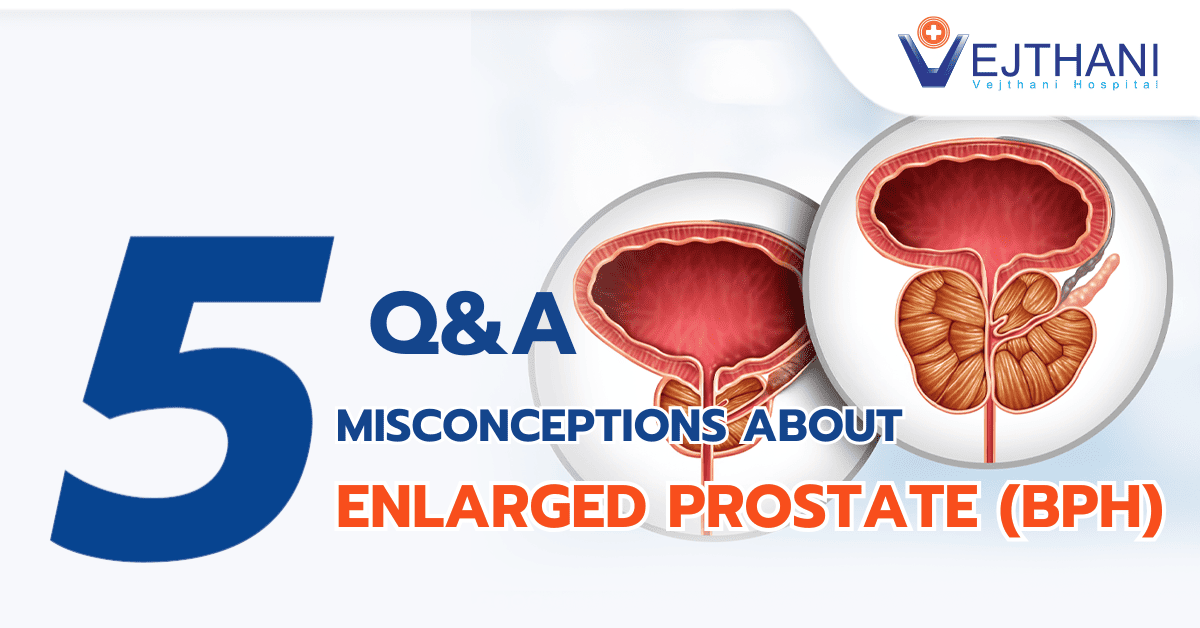
External cephalic version (ECV)
Overview
External cephalic version is an approach that utilize by the healthcare providers to change a baby from a breech position to a head-down position. When a baby is in breech position, their feet or buttocks is present first or horizontally across your uterus (referred to as a transverse lie).
Throughout pregnancy, the position of the fetus differs regularly. The majority of babies will turn to face down at about 36 weeks of pregnancy. This is a normal part of your uterus getting ready to give birth. The ideal posture for a vaginal birth is head-down, also known as cephalic or vertex presentation. External cephalic version, usually performed around 37 weeks of pregnancy, increases your chances of delivering vaginally. Your healthcare provider may discuss flipping your baby if they remain breech after 36 weeks.
External cephalic versions are not possible for everyone. Your healthcare provider will talk to you about whether it’s a good option for you. Your baby will almost certainly be delivered by cesarean (c-section) if an external cephalic version fails to turn the baby and it remains breech.
Reasons for undergoing the procedure
Your healthcare provider will assess your medical history, and will determine whether you are eligible for ECV. After 36 weeks of pregnancy, 3 percent of babies are breech. Depending on your healthcare provider’s comfort level, they may suggest ECV around 37 weeks of pregnancy.
If your baby is in breech position and you wish to deliver him or her through the vaginal delivery, then an external cephalic version procedure is performed. An ECV rotates your baby into a head-down position if it is successful. The head-down position is the preferred position for vaginal birth.
An ECV is possible for most healthy individuals. There are several factors that make using an ECV is not applicalbe.
- Abnormal heart rate of the baby.
- Expecting multiple babies.
- History of vaginal bleeding.
- Irregular shaped of uterus.
- Low amount of amniotic fluid.
- Having placenta previa (your cervix is covered in part or whole by the placenta).
- Medical condition such as high blood pressure, diabetes.
You may not be able to use an ECV if you have a medical condition that keeps you from taking medicine to stop contractions. To determine whether ECV is safe, your healthcare provider will go over your medical history.
Risks
The external cephalic version carries risks for both you and the unborn baby. Your healthcare provider will evaluate the risks and decide depending on your medical history, comfort level with ECV, and other factors.
The following risk may include:
- Fetal distress.
- Preterm labor.
- Vaginal bleeding.
- Placental abruption.
- Premature rupture of the membranes.
Taking into account your medical history and pregnancy, your healthcare provider will go over the risks with you and determine whether or not an ECV is safe for you and your unborn baby.
Procedure
At 37 weeks of pregnancy, healthcare providers usually do an external cephalic version. There’s a chance your baby will turn to face down on its own before 36 weeks of pregnancy.
It’s possible that your child is getting pressed for space in the womb during 38 weeks of pregnancy, which makes relocating them challenging. For this reason, the suggested duration for an external cephalic version is 37 weeks.
Before the procedure
You can be prescribed medication by your healthcare provider to help you relax and ease any pain associated with the process. You may occasionally be prescribed medication to prevent contractions and early labor. They will go over the process with you and address any questions you may have.
After that, a monitor that records your baby’s heart rate will be attached to you. The ECV and the cardiac monitor will remain connected. The process will end if there are problems with the heart rate at any phase.
The placenta’s location, the amount of amniotic fluid surrounding your baby, and your baby’s exact location are all determined through an ultrasound. Transvaginal ultrasonography may be used as an extra monitoring technique by your healthcare provider throughout the treatment.
During the procedure
In order to position your baby head-down, your healthcare provider—likely your obstetrician—will place their hands on your abdomen. Using forceful pressure on your abdomen, the treatment is performed externally. Urinary cramps may result from this pressure, which lasts for several minutes.
Including the time needed to monitor your infant both before and after an external cephalic version, the total process may take up to two hours. Usually, ECV is carried out close to an operating room in case a C-section is required.
After the procedure
You will require monitoring to make sure your baby is not in distress and that labor is not starting. You can go home that day and get back to your regular activities.
Regular prenatal appointments will start up again, usually once a week.
Outcome
You may improve your chances of a safe and effective vaginal delivery by choosing for an external cephalic version. Before the baby is born, breech pregnancies are not risky. Breech babies are more likely to have difficulties, particularly if a vaginal birth is attempted. Your best chance of having the birth you had planned may lie in turning a breech baby in preparation for a vaginal delivery.
A little over 50% of the time, ECV is effective. Thirty-seven weeks is usually when the success rate is at its highest. Your baby has less room to move inside the uterus after 37 weeks. Your baby may still be able to turn on its own before 36 weeks.
If the fetus has not descended into the pelvis and there is a normal level of amniotic fluid, the procedure is also likely to be successful. An ECV often provides more results for women who have already given birth.
The likelihood of an effective ECV can be decreased by specific conditions. For instance, the obstetrician is unable to grasp the baby’s head, or your uterus is too firm or tense. After a successful ECV, there’s a modest risk your baby will turn back to breech again.
Contact Information
service@vejthani.com






















